There’s a certain quality to natural light that seems to fill a room more effectively than almost any artificial light source placed in any location. Personally, even sunlight filtered through clouds appears more ‘seamless’ and ‘authentic’ to me compared to even the most ‘natural-light’ light bulbs.
Even when attempting to replicate sunlight by positioning a bright lamp at the window, it never quite matches up – either too intense or lacking in brightness.
Could it be due to the vast distance of the sun compared to the proximity of light bulbs? Or perhaps it’s the specific wavelengths of radiation (and if so, are we still unable to fully reproduce them)?
What is meant by natural light?

A natural light source is one that occurs without human intervention. It can originate from objects or living organisms. Examples of natural light sources include the sun, stars, lightning, jellyfish, fireflies, glowworms, bush fires, anglerfish, and others.
What is artificial light ?
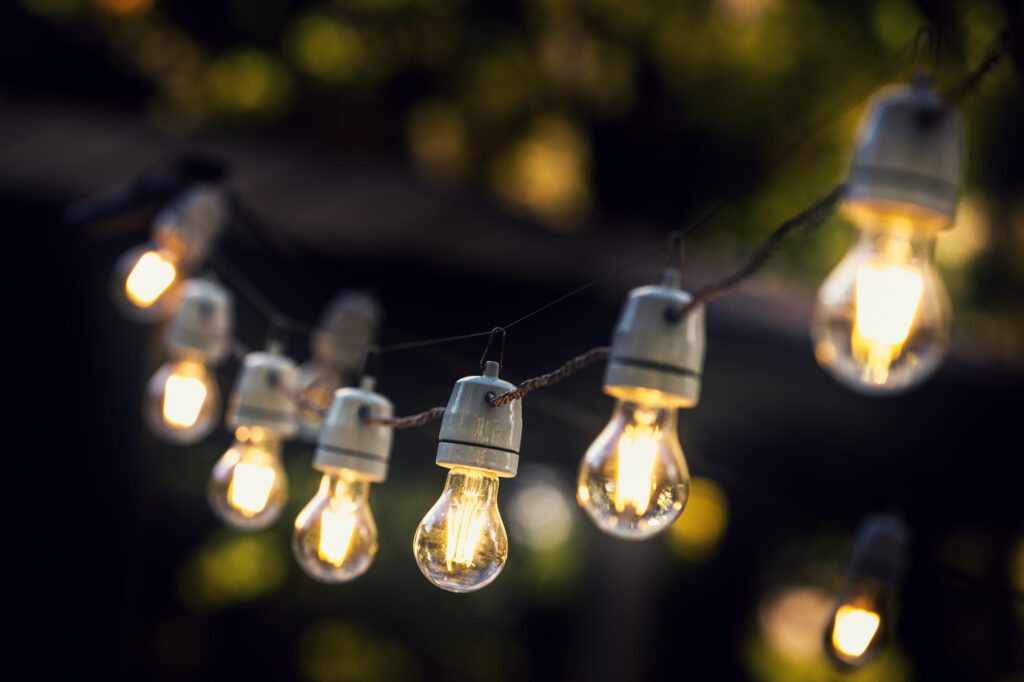
Artificial light encompasses any light source that is not naturally found. This category includes not only flash/strobes but also street lights, indoor lighting, and other human-made sources of illumination.
Naturalistic lighting in Cinema
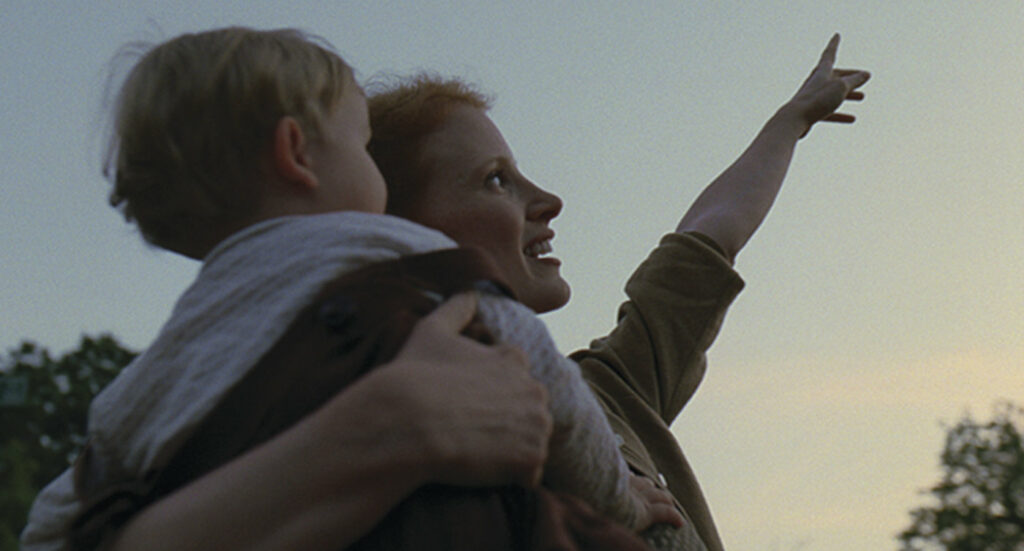
Photography by Emmanuel Lubezki
In specific contexts, such as in cinema, natural light could include the sun as well as any ambient lighting present in the scene, such as practical lamps.
In this scenario, a tungsten bulb might be regarded as more natural than an LED for certain reasons, while a cathode tube could also be perceived as more naturalistic than an LED tube, however, should the light quality improve as a result, viewers are unlikely to find it bothersome.
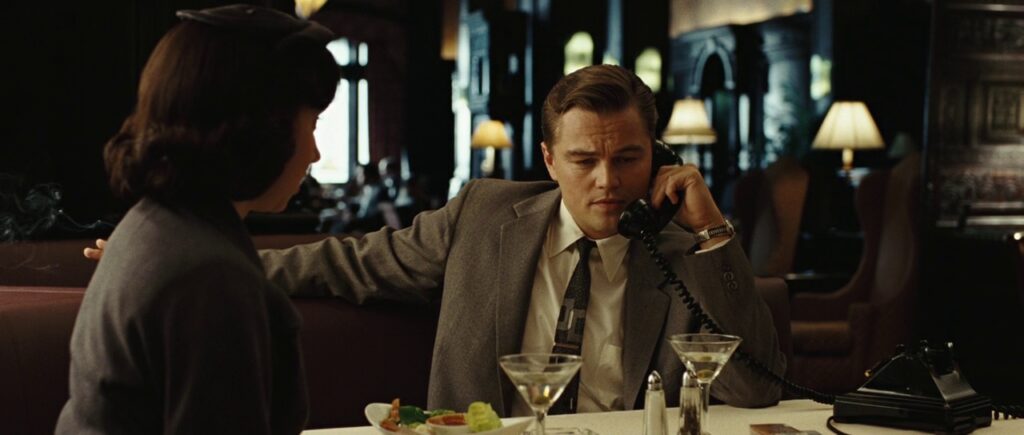
Photography by Roger Deakins
Humans possess a highly developed memory for visual details and colors. While many might not discern the variance between high-power LEDs and actual sunlight in a graded video, I believe most would distinguish between them in real-life scenarios.
As an apprentice in lighting, I perceive our role as imbuing light with an organic quality to enhance the credibility of the narrative.
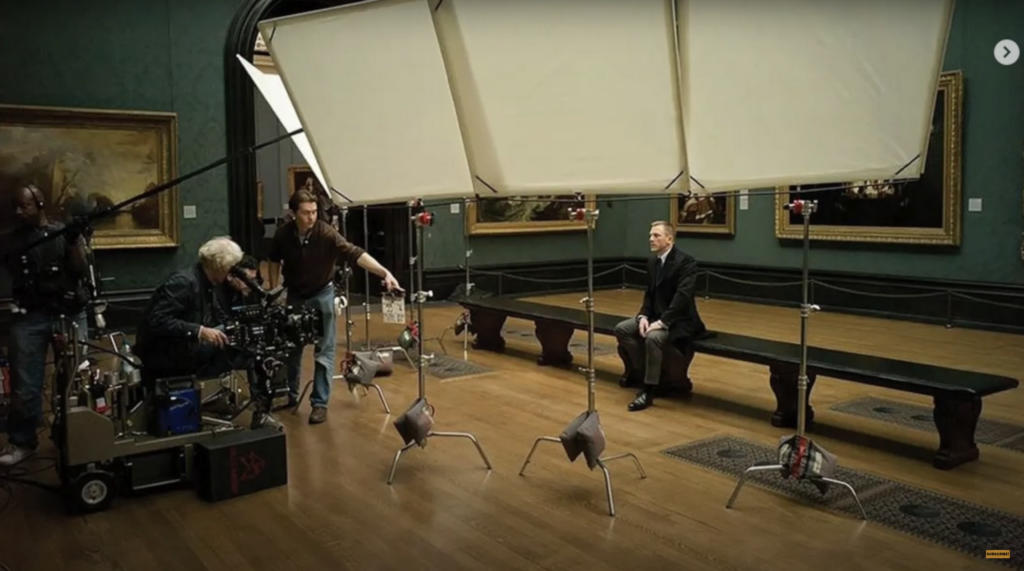
This has been a longstanding practice, especially in Hollywood, where studios and artificial lighting are commonly utilized. The question arises: How challenging is it to render artificial light appear natural?
What are the differences between the two ?
Clearly, there are numerous distinctions between the two. Examining all of them may provide us with valuable insights on how to replicate it with the utmost precision.
The color of the light
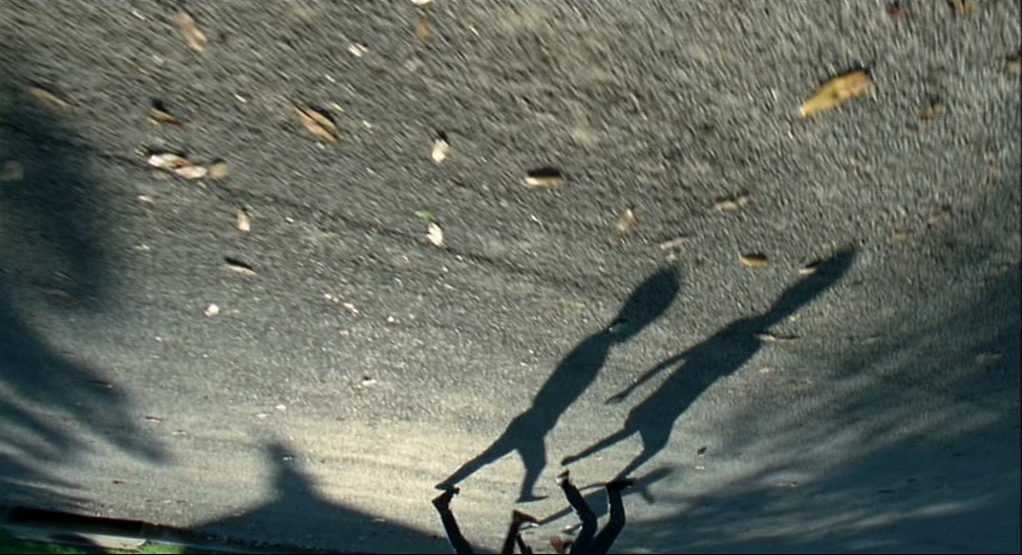
Photography by Emmanuel Lubezki
Who would have thought that photons could produce different colors in our eyes. This is because each light and technology have their own properties.
When you think about the sun light, which is a huge burning ball of gaz. This light is supposed to be perfectly white which may be true in the void of space but here on earth, the sun have to go through the different layers of the atmosphere so it’s a little bit more complicated than that.
The gases and particles in Earth’s atmosphere disperse sunlight in various directions. Blue light disperses more than other colors due to its shorter, smaller waves, which is why we predominantly perceive a blue sky.
When sunlight traverses through the Earth’s atmosphere, depending on the atmospheric layers it encounters, it appears not as white but rather ranges from fairly white to yellow to orange to red.
Color temperature
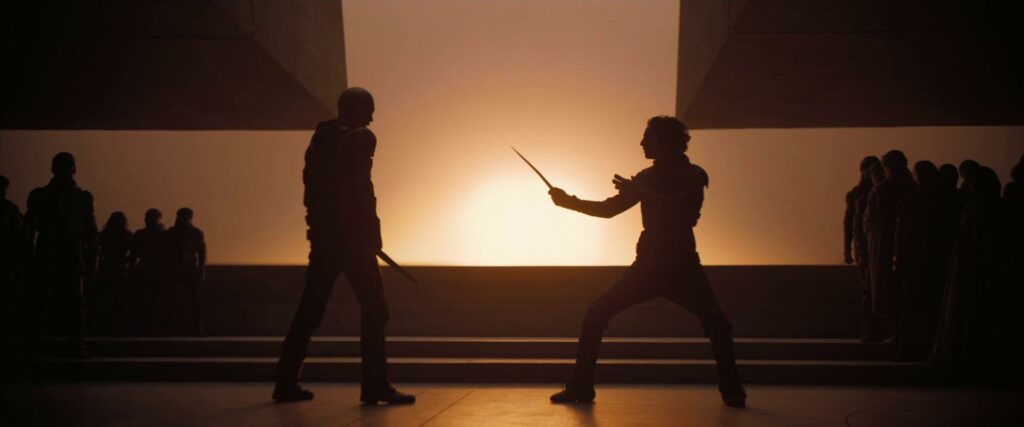
Photography by Greig Fraser
Each of these light sources varies in Kelvin temperature. For instance, the sun is typically around 5600K, but on cloudy days, it may appear cooler and during sunset the sun looks warmer. HMI lights aim to achieve this 5600K temperature, whereas tungsten lights naturally emit warmer light at around 3200K.
Shuji Nakamura is credited with inventing the blue LED, along with green and white LEDs, as well as the blue laser diode. A white LED essentially consists of a blue LED passing through a phosphor layer, typically yellow. LEDs can be dual-color and even fully RGB.
Spectrum of color
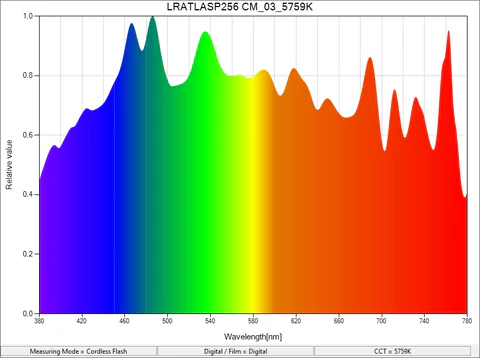
Using a spectrometer can measure how the light is distributed and each technology will give a different spectrum which will render color differently.
Light from the sun no matter how much atmosphere it has to cross will look very different from an HMI bulb, a tungsten filament or an LED diode.
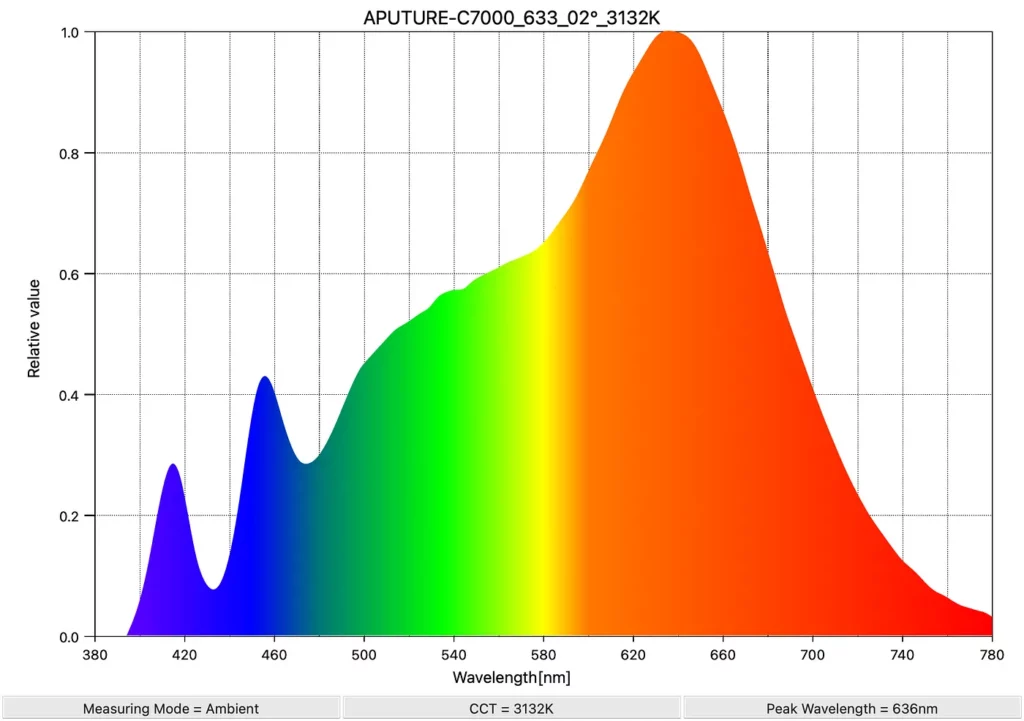
While LEDs excel in efficiency for generating visible light compared to tungsten, which emits around 80% infrared or heat, they are not as effective at reproducing accurate colors. Consequently, they often appear noticeably different from tungsten or sunlight, although they are approaching closer resemblance. To quantify this, we have developed an index known as the Spectral Similarity Index (SSI).
Conclusion
In essence, even if two lights were of the same temperature, they would present strikingly different appearances if their spectra were distributed differently, resulting in unusual colors.
The shape and distance of the light
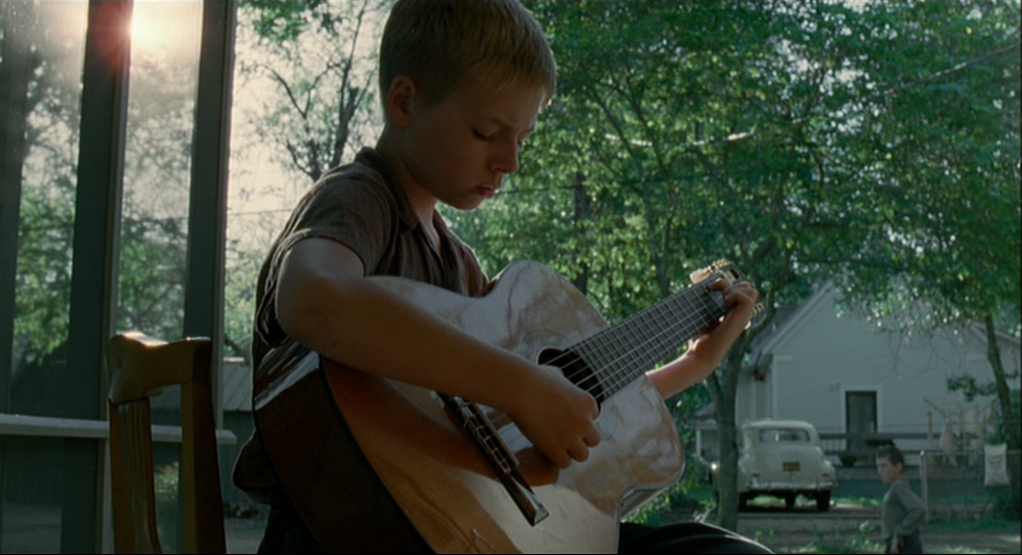
Photography by Emmanuel Lubezki
The shape and distance of the light can be manipulated more easily than the colors. For example the sun is obviously round and very far from us.
Distance and size of the light
The distance and size of the light source in relation to the subject will dictate the shadow’s quality.
A large light source positioned close to the subject will produce a soft shadow, while a very small light source will generate a sharp shadow.
The shape of the light
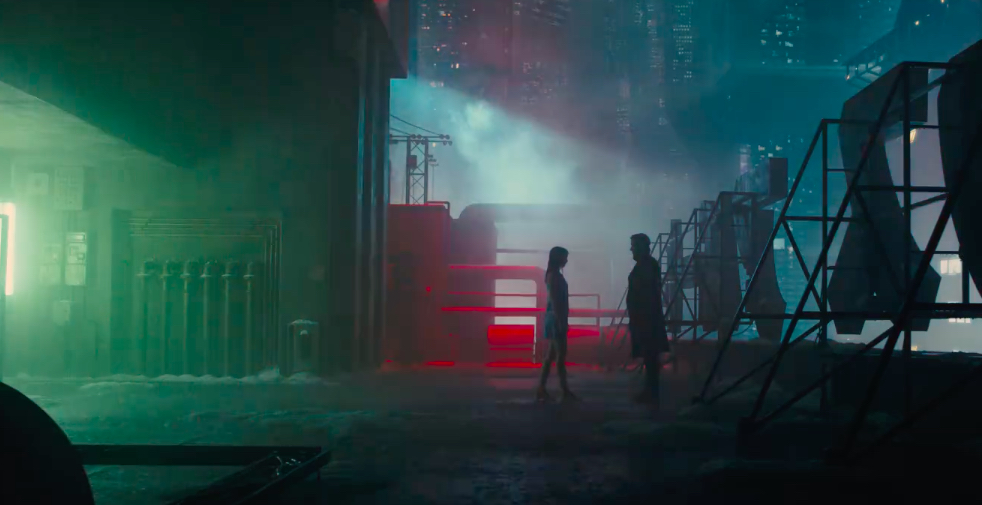
Photography by Roger Deakins
Even if the light source is square or round, its shape won’t significantly affect the light’s quality. However, it will influence the reflection in the eye, commonly referred to as a catchlight, or on any reflective surface.
Some movies can use smoke machines to give a volumetric quality to the lights as well. The idea is that the more there are information about depth the more it gives the 2d frame a 3d and immersive quality.
The direction of the light
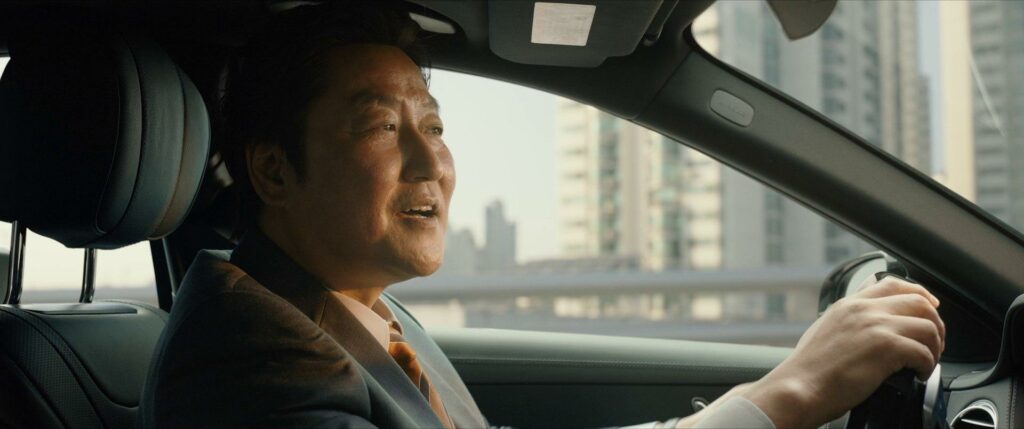
Photography by Alex Hong Kyung-Pyo
Naturally, the shadow cast by the absence of light will greatly vary depending on the light’s position. A top light will produce a distinct effect compared to a side light or one coming from below. This factor must also be considered in order to achieve a naturalistic appearance.
Multiple sources of lights
There could be an infinite variety of light sources, resulting in a multitude of shapes and qualities of light. For instance, there might be a large, soft light source alongside a smaller, harsh light source, each positioned at slightly different angles.
The power of the light
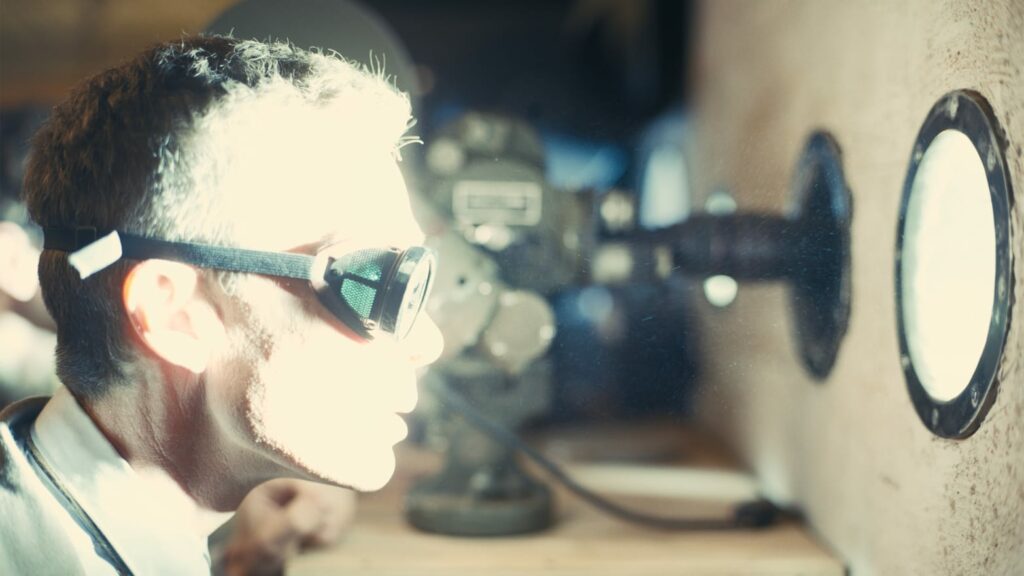
This aspect is rather intriguing. Until now, generating sufficient output to rival sunlight has posed a significant challenge.
In the past, replicating the intensity of the sun required renting or purchasing an Arri M18 or M40, powerful HMIs that can be both massive and pricey, reaching up to $50,000.
Today, 1200 and 2400-watt LED fixtures can achieve comparable output at a more accessible price point, albeit still relatively expensive for smaller productions.
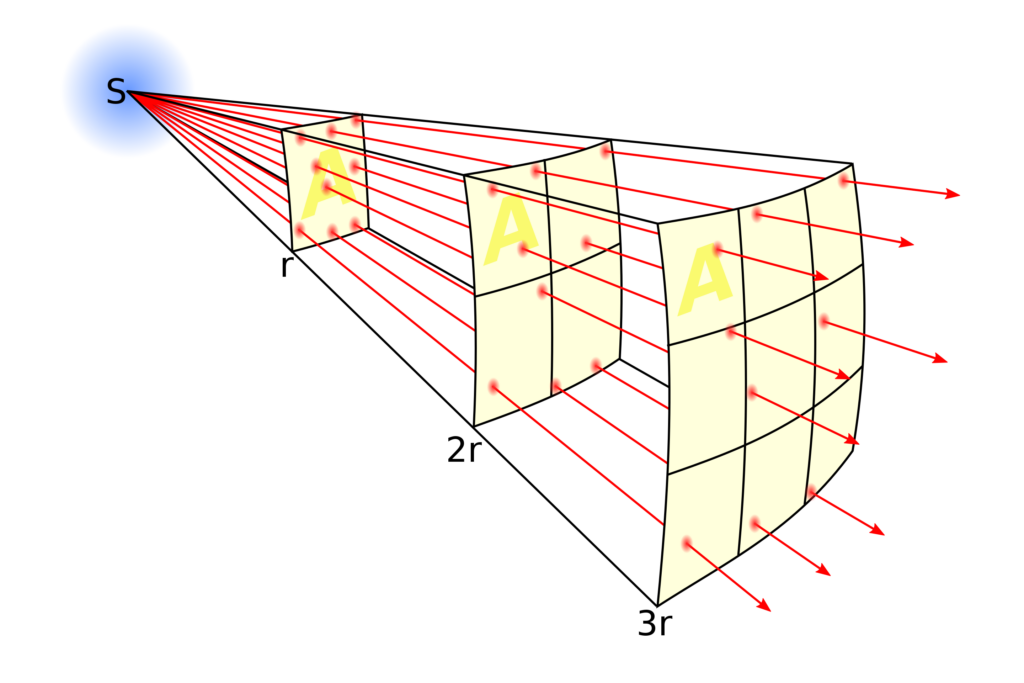
If you grasp the concept of the inverse square law, which dictates that intensity is proportionate to the reciprocal of the square of the distance (denoted as ∝),
Put simply, whenever you double the distance, you receive only one quarter of the light output. This understanding helps to underscore the immense power of the sun and the precise distance at which it is situated from the Earth.
Why is natural light so complex ?

Although the sun is spherical, we are typically not directly illuminated by sunlight. Frequently, rays of light are either reflected off another surface or penetrate through clouds.
To illustrate, consider a scenario in a room during the afternoon. The lighting might consist of a mixture of partially blue sky and reflections of the sun off a beige building situated in front of the window.
Trees may obstruct some of this light, while hard reflections may bounce off the window glass. Additionally, a large patch of sunlight may reflect off a wall and floor, illuminating other surfaces, the ceiling, and objects within the room which bounce back into the subject.

Should the subject transition from the center of the room to the window, they would experience a distinct change in both the quality and color of the light.
How to replicate natural light with artificial lights
This raises the question: How could one possibly replicate something of such complexity?
The answer is : it’s impossible but getting near can create the illusion
In cinematography, there’s a rule stating that wide scenes can tolerate harsher lighting compared to close-ups. This concept is reminiscent of the first Halo game, where textures became more detailed as you approached them.
The principle remains consistent: light quality in wide shots may appear rougher, while as we transition to closer shots, the light can appear more refined.
This implies that in certain scenes, we can achieve a fairly realistic appearance with less artificial light or minimal diffusion. As we transition to closer shots, as long as the key properties of light are present, the viewer’s perception of realism remains unchallenged.
I believe that as long as the light is appropriate in terms of position and color, variations in the size and quality of the light and shadow can be accommodated without significant issues.
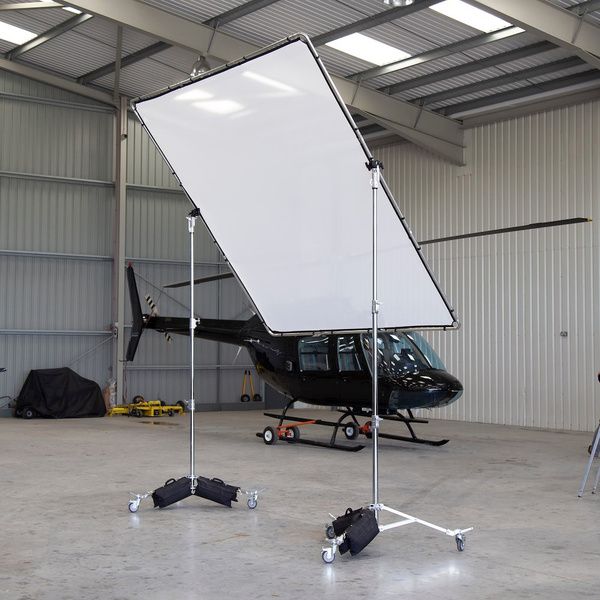
This is why cinema often appears more visually appealing than real life. Filmmakers frequently enhance natural light by employing techniques such as diffusion, bounce, and flagging.
Additionally, they utilize artificial light to maintain a sense of continuity, mimicking the consistent illumination that the sun, particularly on cloudy days, provides.
Easier to tell when side by side



If I were to present two images side by side, I’m confident that most individuals would easily discern between artificial and natural light.
Artificial lighting, particularly LED, appears more uniform and lacks the richness and complexity of natural light. It’s akin to a simplified rendition of natural lighting. That’s the reason why you need a lot of work to get similar results.
Take natural light, for instance; it rarely emanates from a single source and seldom remains uniformly soft. Consequently, it often yields specular highlights, the shiny facets of light on the subject.
To recreate such highlights, varying grades of bounce or diffusion are required. This is where a silver reflector proves invaluable. It’s worth noting that reflectors come in multiple quality, each yielding distinct outcomes.
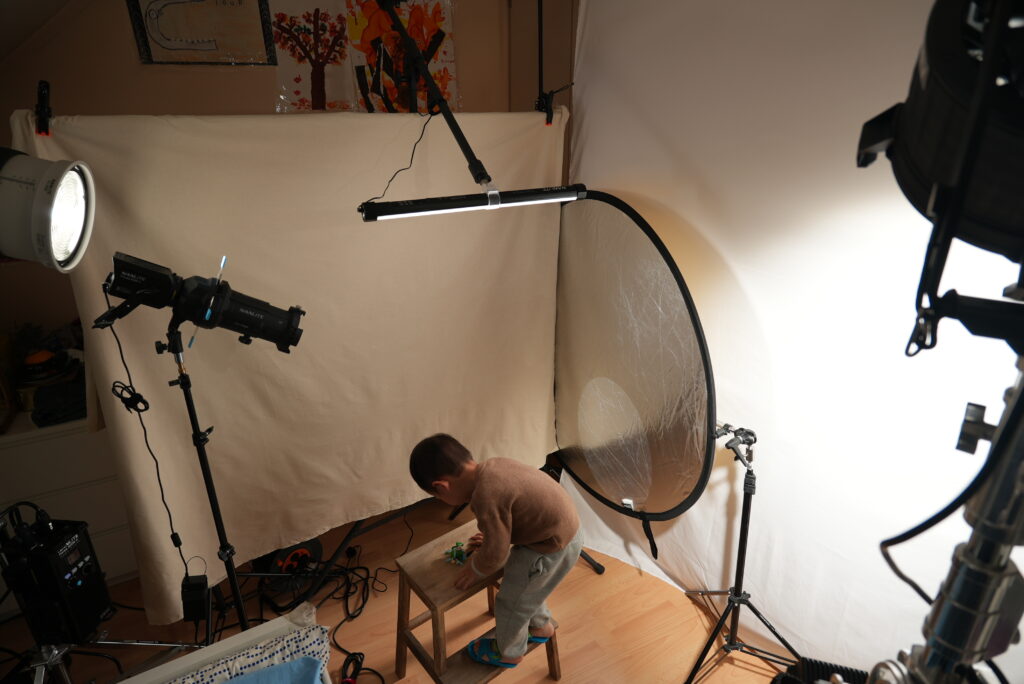
In order to replicate natural light, I utilized a total of four lights, although it could be argued that the top light, a PavoTube operating at maximum power, could potentially be switched off.
For fill light, I employed an Aputure 600d Pro with an Aputure Fresnel F10 in flood position on the right side, set to 40% intensity, to bounce light onto the white backdrop, creating a soft illumination.
For a harsher light effect, I utilized a Lastolite silver reflector to bounce light from a Nanlite Forza 500B II with an Nanlite FL-20G in spot mode, set at 25% intensity.
In an attempt to replicate the highlights on the skin, I used a Nanlite 60B II with the projection attachment at full power although 80% would have done a more accurate job.
Comprehending how light works
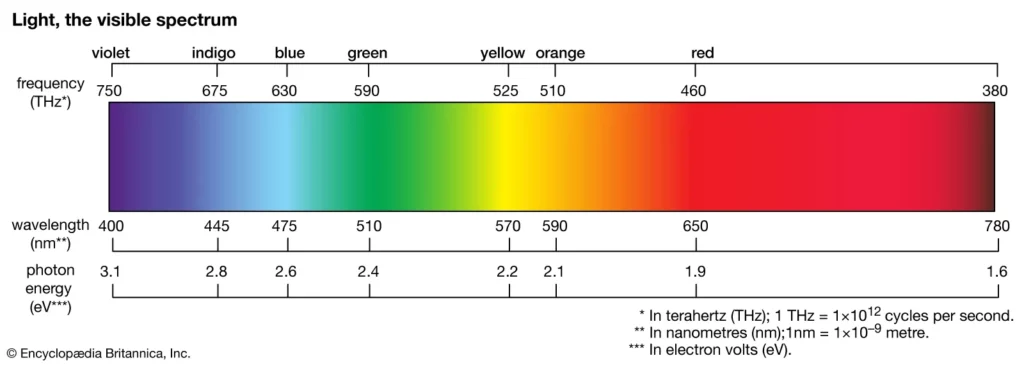
Understanding the distinctions among various light sources can prove highly beneficial. This knowledge aids in making informed decisions, such as selecting the appropriate source to replicate sunlight. Similarly, it applies to how camera sensors interpret these light sources.

Comprehending how diffusion and bounce contribute to warming the light can be beneficial. Similarly, understanding the factors that influence the warmth and color of sunlight can also prove to be valuable.
Bouncing the light

If sunlight bounces off the floor before reaching you, bouncing your artificial light off the floor should yield better results than simply shooting it through diffusion, which can often create a harsh and unnatural appearance.

This is why people often prefer to use bounce light in their setups and sometimes bounce and diffuse (book lighting).
Using natural materials
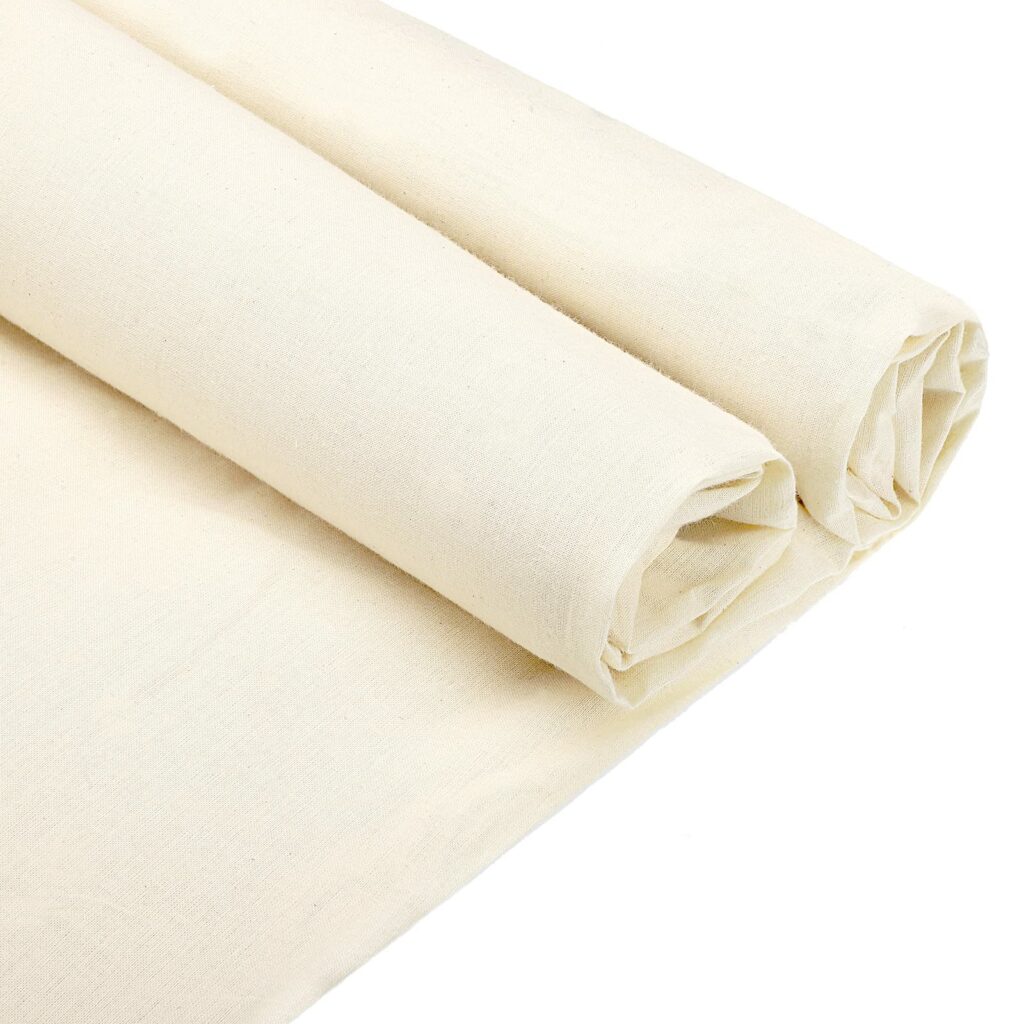
Unbleached muslin is a widely used material in cinema, with even Sir Roger Deakins employing this technique by affixing it to walls to create bounce, particularly with tungsten lights.
Interestingly, we tend to notice artificial bounced colors more readily than natural ones originating from fibers found in nature.
Mixing hard and soft light
Natural light within a room embodies a nuanced blend of harsh illumination and gentle bounce. This is why a common photography technique involves positioning a soft light source alongside a smaller, harsher light with varying exposure levels.
Keeping it simple and realistic
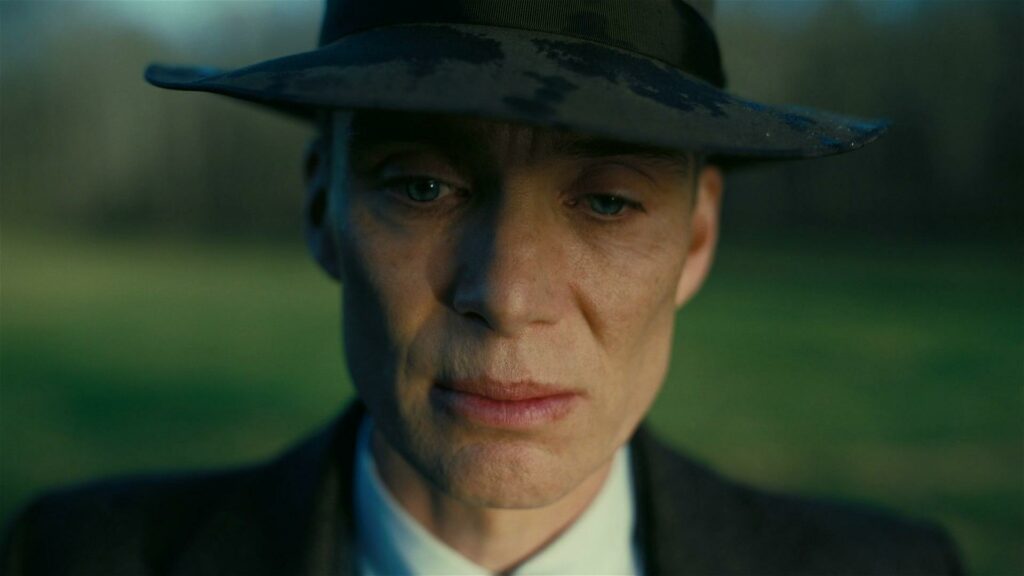
Photography by Hoyte van Hoytema
While we may be inclined to utilize the three-point lighting setup to make the subject stand out, in actuality, the subject needs to be backlit for this effect to be truly effective. This underscores the importance of framing in cinema, as well as strategically placing practical light sources.
At times, opting for a harsh light to mimic the actual sun can be more effective than consistently prioritizing optimal shadow quality and a flattering image for the actor.
Using some lens diffusion filter
Employing diffusion filters like the Black Pro Mist can serve to diminish the digital appearance, but their effects extend beyond that. They can also enhance highlights, causing them to bloom and the light to blur.
From my perspective, they tend to diminish the excessively uniform look of artificial lighting as well, imparting a highlight roll-off reminiscent of film.
Being good with exposure, white balance and post-production
Aligning the Kelvin temperature accurately with your light, whether through gels or CCT adjustments, as well as adjusting it within your camera, can greatly enhance color accuracy and produce more consistent results.
This obviously can be negated if you are shooting RAW, but files sizes are so large that most people tends to shoot at the minimum Pro Res 4444 XQ.
Conclusion
Light is far more intricate than most people realize. Despite having captured numerous photographs throughout my life, I’ve never delved deeply into the subject of light itself. While I could always discern which lighting setups were aesthetically pleasing, I lacked a comprehensive understanding of why some worked better than others.
It wasn’t until I began exploring artificial lighting techniques that I gained insight into the complexity of this art form and the nuanced science behind it. This journey illuminated the challenges inherent in manipulating light effectively.
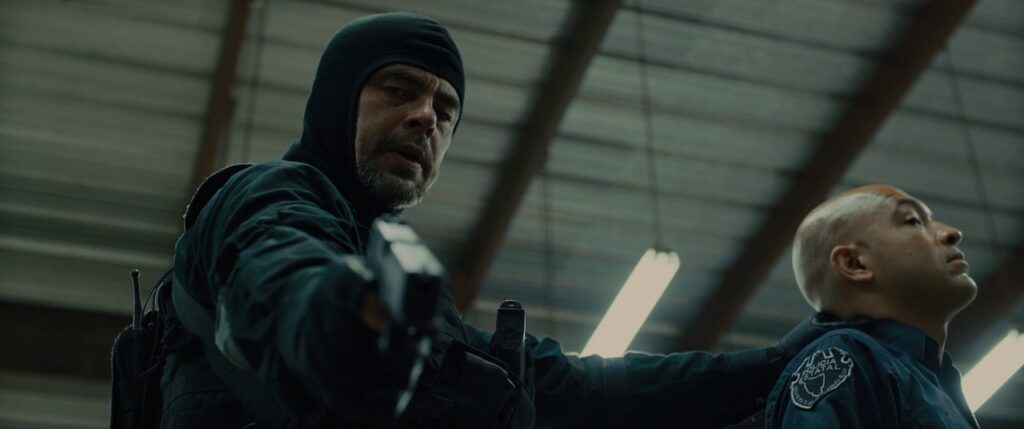
Photography by Roger Deakins
In my view, cinematography can be categorized into different styles: naturalistic and cinematic. Naturalistic cinematography, as seen in films like Tàr, aims to replicate real-life authenticity with a little enhancement. On the other hand, cinematic cinematography, exemplified by productions like Dune Part 2, prioritizes coherence within the film’s fictional universe.
In the end, it’s the narrative that determines whether strict adherence to replicating natural light is necessary or not.
Informations
Our video production : https://www.neonnight.fr/en/


GIPHY App Key not set. Please check settings